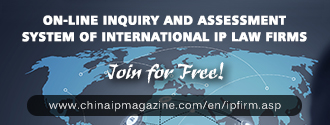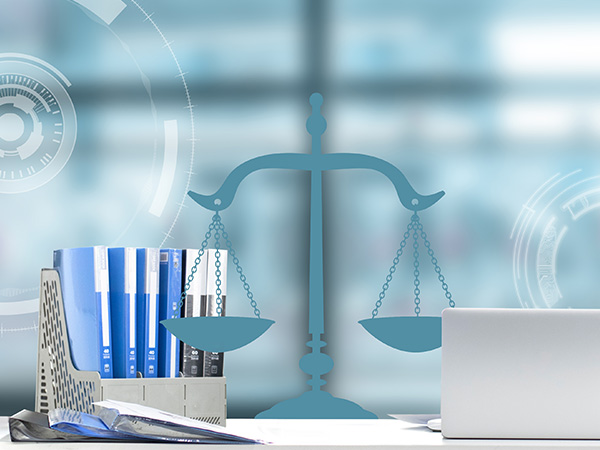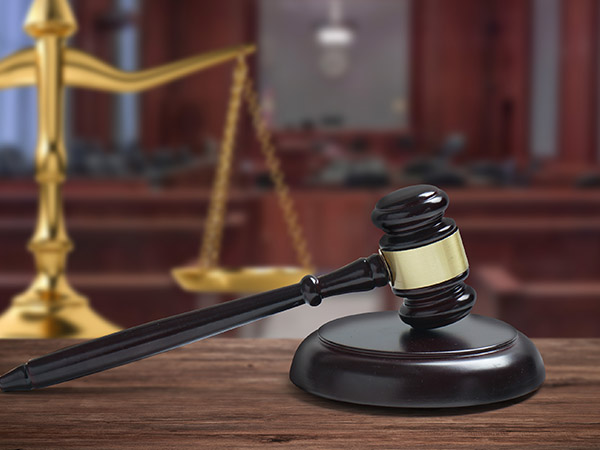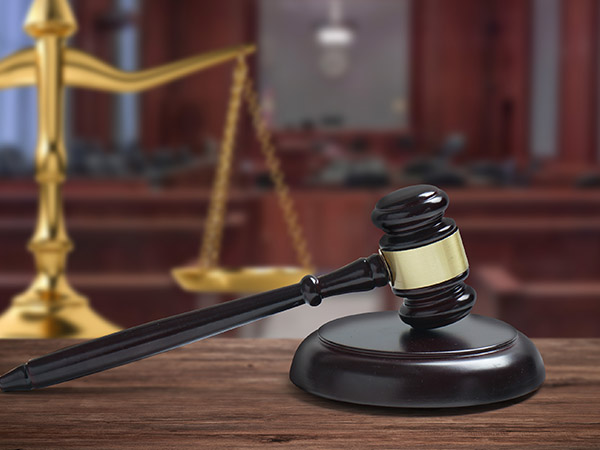These technical secrets are the culmination of the misuse of the company's technical staff's hard work. How the company should protect these hard work results, the following case could be used to elaborate.
The origin of the case
Mr. C used to be the core technical staff of Company A and served as the company's technical manager and software development engineer. During the so-called core software development of company A, C participated in most of the research and development work. Later, one day after C was resigned from A company, D, the legal representative of A company, received an email from the customer and discovered that B company might have used his company’s core software technology. Therefore, D went to the company where C was located and took away the computer of C directly out of anger, without any third-party intervention. In order to protect his interests, D reports to the public security bureau.
The public security bureau filed a case for investigation, obtained relevant software programs, logical evidence of the database and database table structure and other documents from the customers of Company B, and entrusted an appraisal agency to conduct appraisal. However, due to the complexity of the case, the investigation by the public security bureaus has not yet been resolved. After several years of waiting, in desperation, Company A filed a civil lawsuit in the court.
Trial of the case
On the grounds that C and Company B infringed its technical secrets, Company A appealed to stop selling and destroy the software, and at the same time compensate the plaintiff for economic losses and reasonable expenses.
The court concluded that among the 17 secret points of the plaintiff’s ownership of company A, the front-end users such as the process can gain knowledge through observation. The technical content does not know the secrecy and cannot constitute a technical secret; and the specific realization method and path of the realization itself in the above-mentioned specific workflow and functional modules are in the background code. The relevant content of the plaintiff’s A company’s relevant source code category and the technical content of the database design, are only secret, and based on case evidence, they are also valuable, practical, and reasonable. The confidentiality measures constitute technical secrets. And C, who was originally a technical developer of Company A, can access the above-mentioned technical secrets of Company A.
On the basis of confirming the content of the aforementioned technical secret and the possibility of access, the plaintiff and the defendant confirmed that the Court decompiled the client program of Company B obtained from outsiders, and the source code obtained after decompilation could be the same as that of the plaintiff Company A. The contents of the 17 suspected points of technical secret were compared. For the technical secret points 1-16 cited by Company A, the source code of Company B had missing corresponding files, so it was impossible to identify that the software of Company B of the defendant contained Plaintiff Company A’s technical secrets.
Regarding the structure of the database table of technical secret point 17, according to the expert opinion of the case, the database table structure in the software of the defendant Company B and the database table structure in the computer software of the plaintiff Company A involved in the case are completely identical and partially identical. Defendant Company B had no evidence to the contrary and pointed out that in the case of overturning, the Court held that the software of Defendant Company B used the plaintiff’s technical secret point 17.
And C’s violation of the confidentiality agreement to disclose and allow others to use the plaintiff’s A’s technical secrets, and B’s acquisition and use of the plaintiff’s Company A’s technical secrets all violated the plaintiff’s technical secrets. The court ordered the defendant to stop the infringement of technical secrets and bear civil liability for compensation.
2. How to better protect local company’s software-related technical secrets
(1) Establish a comprehensive and complete confidentiality system
Due to the convenience and privacy of company-related employees to obtain technical secrets, most of the cases where the company's technical secrets are infringed are related to former employees. When building a confidentiality system, the company needs to focus on employee management. The entire process from entry to resignation should be supervised to minimize the risk of leaving employees infringing the company’s technical secrets. At the time of entry, a labor contract with confidentiality clauses is set up with the employee's salary; during the period of employment, specific confidentiality obligations are set for specific work items and work logs are required to leave traces, and distinguish and manage the carriers of technical secrets; when leaving, employees are required to leave registering, returning, clearing, destroying the technical secrets and carriers released or obtained, and notifying the legal consequences of breaching confidentiality obligations, etc.
In addition to Company’s employees, business contacts who may be exposed to software content also need a longer confidentiality agreement or set confidentiality clauses to let them know that they have confidentiality obligations. In this case, Company A’s confidentiality measures are worthy of recognition. Whether it is a labor contract with senior employees or a long-term business contract with a customer, it will set confidentiality clauses. This behavior is an act of taking confidentiality measures in the legal sense.
(2) Carefully choose litigation strategies for infringement of technical secrets
For software technical secrets, if the copyright is registered for software and the technical secrets claimed by the right holder are related to the content of the software, it is a cost-effective litigation strategy to replace the copyright infringement of computer software by protecting the company’s software. For cases of infringement of technical secrets, determining the scope of technical secrets is the focus of disputes before and after, and then boots to comparison and behavior identification and exchange. For computer software copyright infringement cases, the ownership and scope of rights are usually clear, and the focus of the dispute is mainly the comparison of software content. If a lawsuit is filed on the grounds of infringement of technical secrets, the feasibility of the infringement of computer software copyright can be considered before that.
(3) Take legal methods of obtaining evidence
In fact, when the plaintiff filed this case, he also filed a dispute over copyright infringement of computer software. In this case, the plaintiff stated that it had obtained the defendant’s software source code from a computer somewhere in C that was rewritten based on the plaintiff’s software, and requested that the code be compared with the plaintiff’s software. However, the important evidence could not be used due to the plaintiff’s illegal method of obtaining evidence. The plaintiff’s software was written in a different language, so the plaintiff’s traditional provisions on the relevant regulations were basically not supported. However, if the defendant's source code in a computer of C is obtained legally, the outcome of the case may be shifted.











